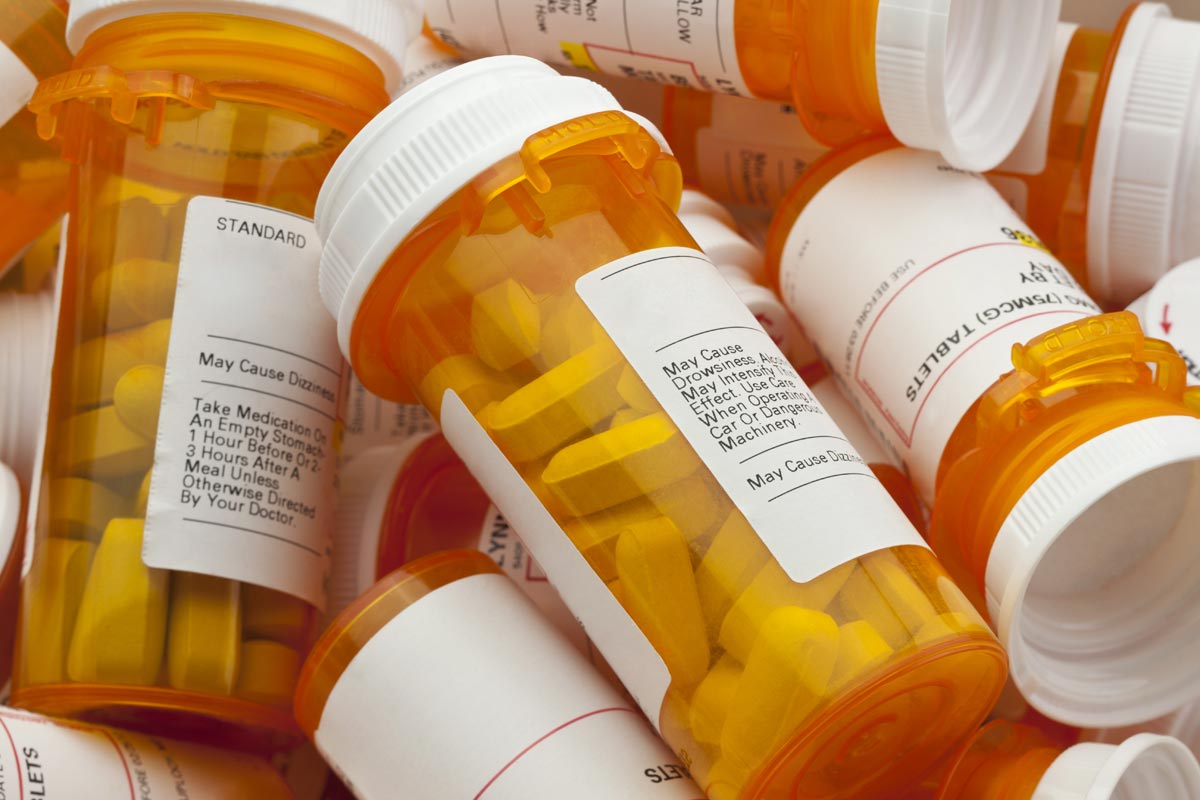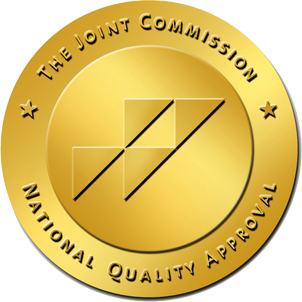
As long as doctors continue to prescribe opioids, certain patients will be in need of addiction treatment. That is a fact. Prescription opioids, or opioids of any kind for that matter, are addictive. While not everyone who takes opioids will fall into the cycle of addiction, the odds are extremely high. Millions of Americans have found that out the hard way, just by going to a doctor and complaining of pain.
Scientists and researchers continue to work hard to find opioid alternatives. Or find ways to make opioids less addictive. But, in the meantime opioids will continue to be prescribed to most people experiencing moderate to severe pain. Which is why it is so important that physicians and medical practices do everything in their power to mitigate the risks of patient addiction. Such as:
- Only prescribing opioids when it is absolutely necessary.
- Screening patients for a history of addiction and utilizing prescription drug monitoring programs.
- Prescribing in low doses and mild strengths.
- Limiting the number of refills.
- Drug testing patients to ensure the drugs are actually being taken, and not diverted.
Everything listed above may seem like common sense. But, as a matter fact, many doctors have been resistant to being told how to prescribe. Or being instructed on how to care for their patients. This is the case, even though most physicians lack training in addiction, or spotting the signs of it. Hubris, perhaps. With so many patients succumbing to overdose, the aforementioned suggestions can’t be ignored. And fortunately, some doctors have been receptive to prescribing guidelines that could save lives. Managing to reduce the amount of opioids their patients are taking, potentially saving lives.
TOPCARE Model for Opioids
A study conducted by researchers at Boston Medical Center’s Grayken Center for Addiction Medicine showed that reducing prescription opioid use among patients significantly was possible. Using the Transforming Opioid Prescribing in Primary Care model, doctors were able to reduce patient opioid use by 40 percent, according to the research published in JAMA Internal Medicine.
The TOPCARE model involves a nurse care manager who oversees chronic pain patients’ treatment plans. Ensuring that patient monitoring occurs, assisting prescribers and coordinating opioid educational sessions for doctors.
“The TOPCARE model was so effective in lowering opioid use that two of the study sites hired nurse care managers to continue the intervention and expand services to their primary care providers. Future research should look at data from state prescription drug monitoring programs and data on other substance use to get a more comprehensive view of how patients are using opioids,” said Karen E Lasser, MD, MPH, co-principal investigator of the study.
Opioid Addiction Treatment
While TOPCARE monitoring may help to limit the number of new opioid addicts, it does little to reverse patient addiction. Primary care physicians and nurse care managers must do everything in their power to spot signs of addiction in their patients. By doing so, they can intervene and refer patients to addiction treatment services in their area.
Getting addicted to opioids is easy, breaking the cycle of addiction usually requires help. If you have become addicted to your pain medication, please contact 10 Acre Ranch. We specialize in the treatment of opioid use disorders. The longer one puts off treatment, the worse the condition will get. Along with an increased risk of overdose.






